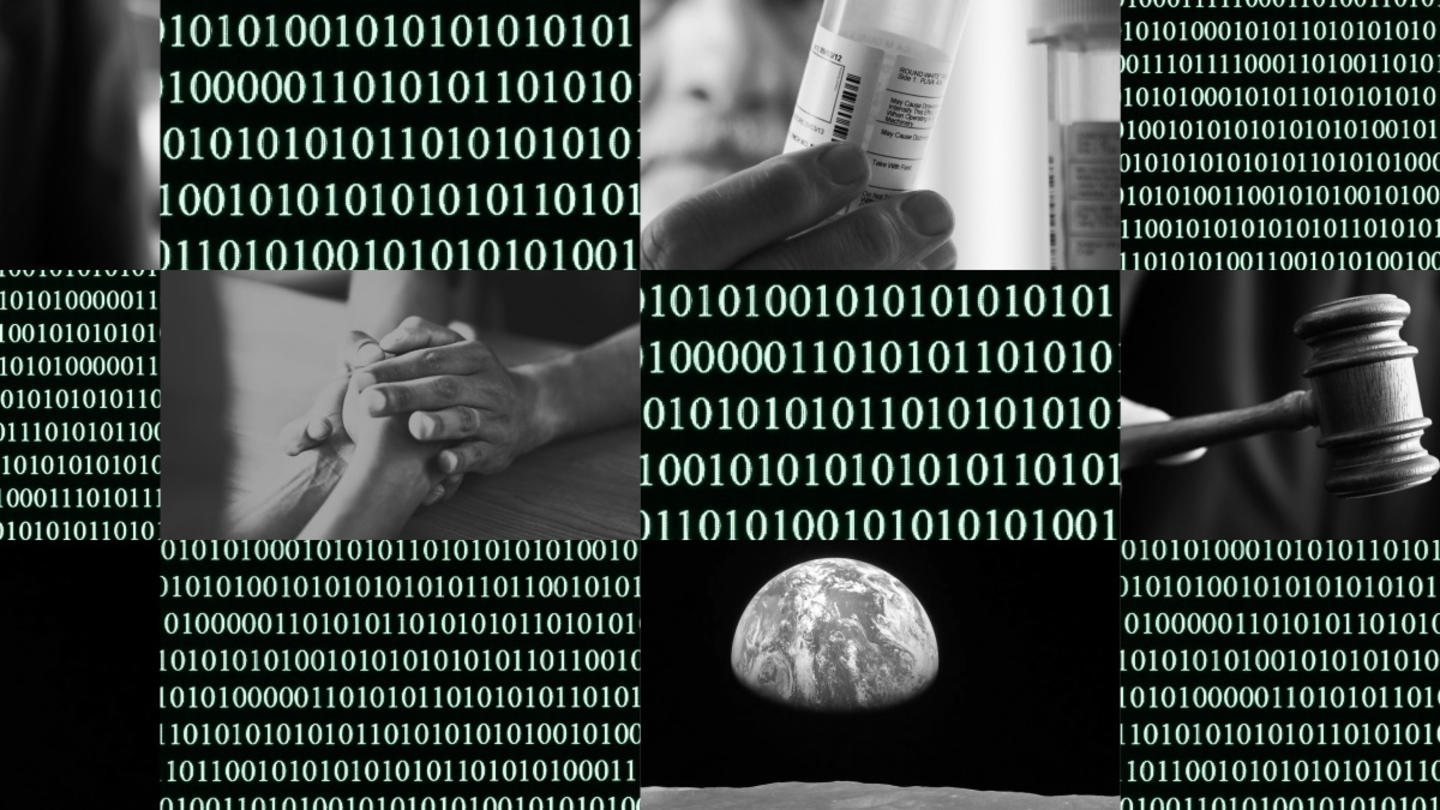This article was previously published by Stand Together Foundation.
***
Principle Based Management™ provides a holistic approach to making decisions, solving problems, and creating value for individuals in your community, team members in your organization, and society at large. It is rooted in proven principles that have fueled the ongoing success of Stand Together and our partners. In this Principle Based Management 101 series, we’re unpacking mental models, ideas, and tools that you can use to reach the next level in your work.
At its core, every nonprofit organization is a group of individuals working toward a shared mission. At Stand Together Foundation, we’ve found that one of the greatest indicators for a nonprofit’s success is how it empowers and holds individuals accountable to advancing its mission.
Principle Based Management (PBM), the Decision Rights Dimension offers a helpful framework to think about this. The purpose of this dimension is to ensure employees have the right role, responsibilities, and expectations that best advance your mission and align with their personal strengths and interests. Considering responsibilities through this lens can help inspire entrepreneurship, creativity, and enough freedom that allows people to successfully contribute without being told precisely what to do.
Effectively applying decision rights can be a tricky balancing act. You want employees to feel motivated and equipped to make decisions, but you also are trying to ensure they are pointed in the right direction and prioritizing the right things.
PBM leverages the Role, Responsibilities, and Expectations (RR&Es) model to help achieve the purpose of the Decision Rights Dimension and provide direction for supervisors and employees to have ongoing conversations to drive a shared clarity on what priorities should be at any given time.
A Role is an individualized bundle of responsibilities and expectations that fit an employee’s strengths and motivations and help them make their greatest possible contribution to the organization.
Responsibilities are what team members “own” as part of their daily work. Employees might be responsible for owning the outcomes of particular programs, assets, projects, partnerships, or processes. The freedom to make specific decisions (your authorities) will differ for each responsibility and team member. For example, you may be responsible for recommending an investment, but your executive director may be the final decision-maker.
Finally, Expectations codify the desired outcomes for a team member’s work. Defining expectations helps shift performance conversations away from intention and toward results, ensuring each employee is appropriately held accountable for both successes and misses.
Thoughtful and clear RR&Es are the result of ongoing conversations between a supervisor and employee. Consider the following three guidelines as you think about unlocking your own team’s potential and generating maximum value for your community.
- RR&Es are individual and dynamic.
Every team member brings unique strengths and interests to your organization. To make the greatest possible contribution to your success, they must be empowered to leverage those gifts in their work. Ultimately, that means roles should be individually tailored for everyone at your organization—even individuals with the same job title. A role must also be flexible enough to change over time based on comparative advantage—arranging responsibilities to create the greatest impact by considering the current needs of the organization, team, and the differing strengths of each team member. - RR&Es should be tied to organizational priorities.
Just as a role should reflect the unique abilities of your team members, they should also reflect the specific objectives of your organization. When crafting RR&Es, do your best to define specific and measurable outcomes that align with your mission. This should be a joint effort between supervisors and employees, and it will result in a balance between individual aptitude and organizational priorities. - RR&Es must lead to accountability.
It’s critical that you commit to holding people accountable for performance as you continue to use RR&Es to drive clarity around each employee’s responsibilities. Accountability means celebrating wins and addressing underperformance in a way that motivates employees to make their maximum contribution. Holding people accountable can be best accomplished if responsibilities are well-defined and expectations are clear.
***
Learn more about Principle Based Management and how it can help you transform your results.



